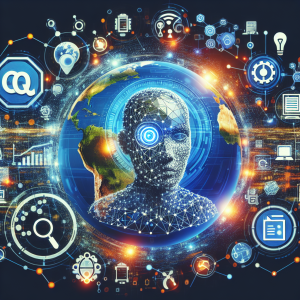Meta to Label AI-Generated Images, Helping Users Spot the Difference
In a move aimed at increasing transparency and helping users navigate the increasingly complex world of online imagery, Meta will now clearly label images generated by its AI tools. This includes images created using Meta’s own AI image generation tools and those built using other popular models like Google’s Imagen.
How the Labeling Works
The labeling system utilizes “invisible watermarking” techniques, embedding information directly into the image file itself. This information, though unseen by the naked eye, allows platforms to instantly identify an image as AI-generated. Meta isn’t alone in this pursuit. The company is actively collaborating with industry partners like Google, Microsoft, Adobe, and others to establish a shared standard for identifying AI-generated content.
A Vital Step in Combatting Misinformation
This push for transparency comes at a time when AI image generators are becoming increasingly sophisticated, making it difficult to distinguish between real photos and AI creations. This blurring of lines has raised concerns about the potential for misuse, particularly in spreading misinformation and manipulating public perception.
Empowering Users to Make Informed Decisions
By clearly labeling AI-generated images, Meta hopes to empower users to make more informed decisions about the content they encounter online. This transparency can help users better assess the authenticity and reliability of images, fostering a healthier and more trustworthy online environment. While challenges remain in standardizing these labels across the internet, Meta’s initiative marks a significant step towards greater transparency in the age of AI.







